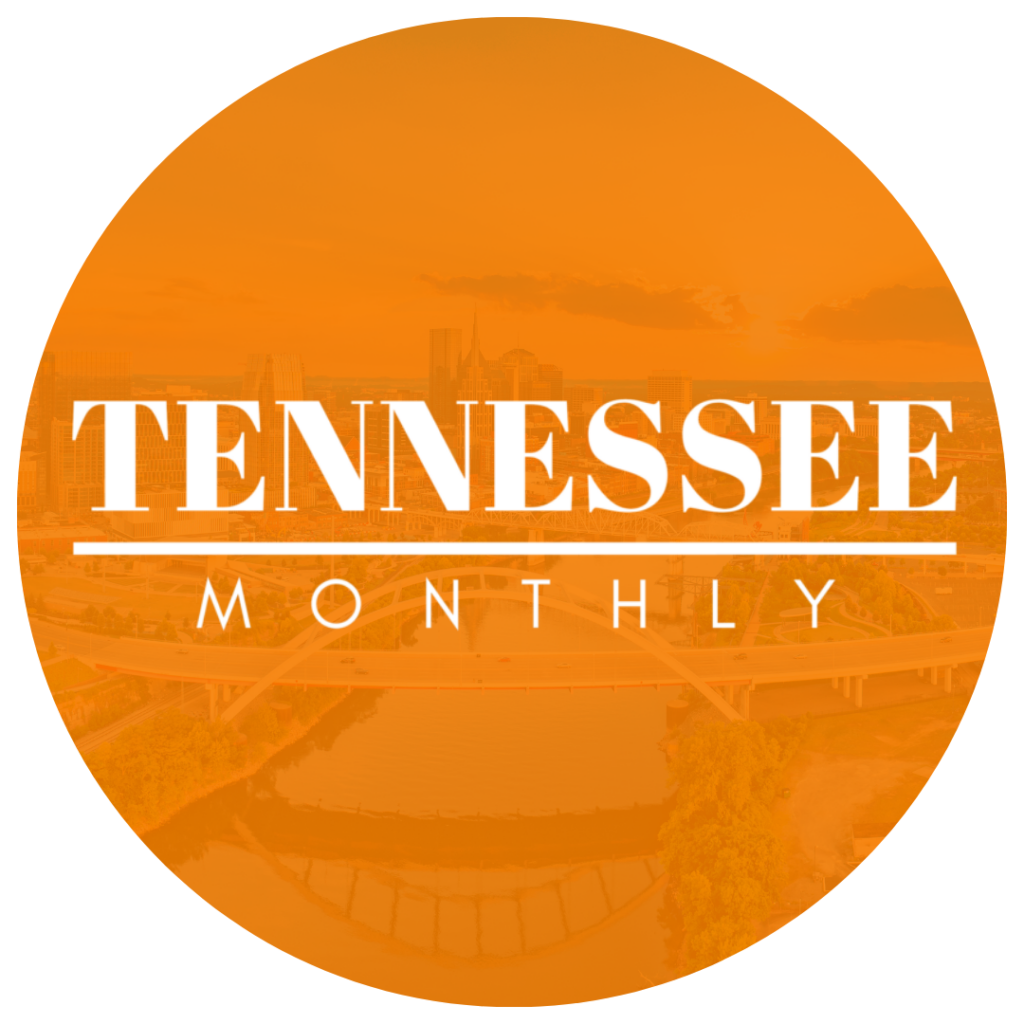Laughter has always been a universal language, and stand-up comedy brings it to life in a way no other art form does. Whether it’s an observational rant about everyday struggles, an exaggerated personal story, or an unexpected twist that leaves the audience in stitches, this form of comedy thrives on spontaneity and sharp wit. It has evolved into a powerful medium that not only entertains but also challenges social norms, making people laugh while giving them something to think about.
Read Also: Spotify or Apple Music? Comparing Two Major Music Streaming Platforms
How Did Stand-Up Comedy Become So Popular?
The roots of stand-up comedy can be traced back to ancient times when court jesters entertained kings with clever wordplay. Over time, humor found a place in literature, theater, and street performances. But it was during the late 19th and early 20th centuries that the modern version of stand-up began taking shape.
Vaudeville acts introduced solo comedic performances, and nightclubs became a breeding ground for emerging talent. The rise of radio and television gave comedians an even bigger platform. Legends like Richard Pryor, Joan Rivers, and George Carlin redefined stand-up, using it to push boundaries and address real-world issues with humor. Today, streaming platforms and social media have made stand-up accessible to a global audience, allowing comedians to build followings and share their craft with millions.
What Makes Stand-Up Comedy Unique?
Unlike scripted television or film, stand-up comedy is often raw and unpredictable. A single performer takes the stage, armed only with a microphone and their ability to captivate an audience. Timing, delivery, and crowd interaction play crucial roles in making a joke land perfectly.
The connection between comedian and audience is what sets stand-up apart. Live performances allow comedians to gauge reactions in real time, adjusting their set based on audience energy. A joke that works in one venue might fall flat in another, which is why successful comedians constantly refine their material.
Another defining feature is the personal touch. Stand-up routines often draw from real-life experiences, exaggerating situations for comedic effect. Whether it’s the frustration of airline travel, awkward dating encounters, or the absurdities of social media, audiences relate to these shared experiences, making the humor even more impactful.
Why Do Some Jokes Work While Others Fail?
Comedy is subjective, but certain principles determine whether a joke succeeds or falls apart. Timing is everything—delivering a punchline too soon or too late can kill the momentum. The best comedians master pauses, inflection, and rhythm, making their jokes feel effortless.
Relatability is another key factor. Jokes that connect with common human experiences tend to resonate better than those that feel niche or overly obscure. Comedians also use surprise and misdirection, leading audiences in one direction before delivering an unexpected punchline.
However, the changing landscape of comedy means that what was once acceptable may now be seen as outdated or offensive. Navigating humor in today’s world requires a balance between pushing boundaries and understanding audience sensitivities. The best comedians adapt, finding ways to remain edgy without alienating their listeners.
How Do Comedians Develop Their Stand-Up Routines?
Writing and perfecting a stand-up comedy routine is an ongoing process. Many comedians start with observations from daily life, jotting down ideas whenever inspiration strikes. What seems like a casual, off-the-cuff performance is often the result of months or even years of refining jokes.
Testing material in smaller comedy clubs is a crucial step. Some jokes work immediately, while others need adjustments. A slight change in wording or delivery can make all the difference. Recording performances and analyzing audience reactions helps comedians fine-tune their sets before taking them to larger stages.
Another important element is storytelling. While some comedians rely on one-liners, many build entire routines around personal stories. The best stories include vivid details, rising tension, and a hilarious payoff that leaves audiences laughing long after the punchline is delivered.
What Role Does Stand-Up Comedy Play in Society?
Beyond entertainment, stand-up comedy serves as a reflection of society. It has been used to address serious issues, from politics to mental health, in a way that makes them approachable. Humor has a way of breaking down barriers, allowing audiences to engage with difficult topics without feeling overwhelmed.
Many comedians use their platform to challenge outdated ideas, call out hypocrisy, and provide a fresh perspective on cultural norms. A well-crafted joke can spark important conversations, making comedy both an art form and a tool for social commentary.
Even in difficult times, stand-up offers an escape. Laughter has been shown to reduce stress, improve mood, and bring people together. The ability to find humor in life’s challenges is a testament to the resilience of both comedians and their audiences.
Read Also: Experience the Excitement of the Digital Frontier with Tron Lightcycle Run
What’s Next for Stand-Up Comedy?
The world of stand-up comedy continues to evolve. With the rise of online platforms, comedians no longer need to rely on traditional comedy clubs to get noticed. Viral videos, podcasts, and social media have opened new doors, allowing performers to build a fan base before ever stepping onto a major stage.
Live stand-up remains an irreplaceable experience. The energy of a packed room, the shared laughter, and the connection between comedian and audience make it something special. As long as people seek humor and connection, stand-up will remain a powerful force in entertainment.
Published by Drake M.








